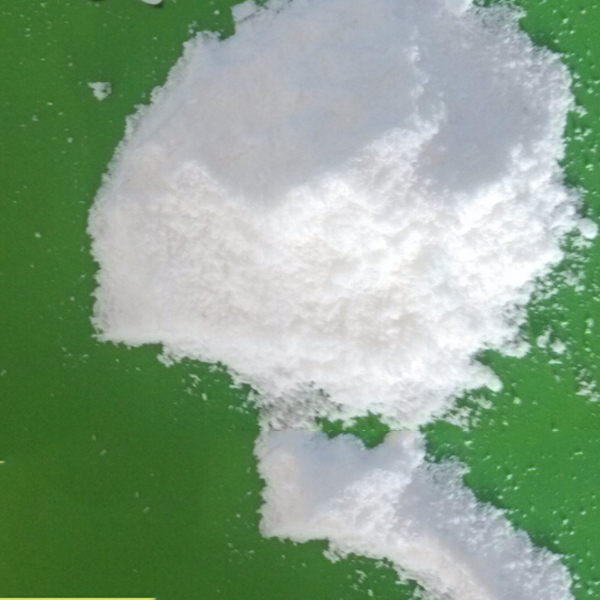
News
Ное . 18, 2024 23:26 Back to list
chelant technology
Chelant Technology A Deep Dive into Applications and Innovations
Chelant technology is an innovative approach that harnesses the power of chelating agents to bind and sequester metal ions in a variety of industrial, environmental, and biomedical applications. The term chelant refers to a chemical compound capable of forming multiple bonds with a single metal ion, resulting in the formation of a stable complex. This unique property of chelants makes them invaluable in numerous fields, including agriculture, pharmaceuticals, and environmental remediation.
The Science Behind Chelation
Chelation involves the interaction between a chelating agent and a metal ion, resulting in the creation of a chelate complex. Chelating agents are typically organic compounds that possess electron-rich donor atoms, such as nitrogen, oxygen, or sulfur. When these donor atoms interact with metal ions, they form ring-like structures known as chelates, effectively encapsulating the metal ions and preventing them from participating in unwanted reactions. This property is particularly beneficial in applications where metal ions may be toxic or unwanted.
Applications in Agriculture
One of the primary applications of chelant technology is in agriculture, where it plays a crucial role in enhancing nutrient availability for plants. Many essential micronutrients, such as iron, zinc, and manganese, can become insoluble in soil, making them unavailable to plants. Chelating agents can bind these metal ions, keeping them soluble and accessible for plant uptake. This not only improves plant health and yield but also reduces fertilizer waste and environmental impact, leading to more sustainable agricultural practices.
Furthermore, chelants are used to remediate contaminated soils by immobilizing heavy metals, such as lead and cadmium. By sequestering these toxic metals, chelant technology helps mitigate their bioavailability and toxicity, promoting healthier ecosystems and safer agricultural products.
Advancements in Biomedical Applications
Chelant technology has gained significant traction in the biomedical field, particularly in the development of therapies for metal poisoning and iron overload disorders. For example, agents like deferoxamine are employed to treat conditions such as hemochromatosis, where excess iron accumulation leads to severe health complications. These chelators bind free iron in the bloodstream, facilitating its excretion from the body and restoring metabolic balance.
chelant technology

Moreover, chelants have a promising role in drug delivery systems. They can be designed to bind to specific metal ions that are often used as therapeutic agents in cancer treatment. By attaching chelating agents to these drugs, researchers can enhance their stability, reduce toxicity, and improve targeted delivery to diseased cells, ultimately increasing the efficacy of treatment.
Environmental Remediation
The environmental implications of chelant technology cannot be overstated. In addition to agriculture, chelants are extensively used in the treatment of wastewater and soil remediation. Chelating agents can help remove toxic metals from industrial effluents, thus preventing their discharge into the environment. This is crucial for protecting water bodies and ensuring the safety of drinking water sources.
Furthermore, chelation therapy is employed in the cleanup of sites contaminated with heavy metals from mining or industrial activities. By applying chelating agents to contaminated soils or sediments, practitioners can effectively mobilize and extract harmful metals, transforming polluted sites into safe, usable land.
Future Directions
As we look to the future, advancements in chelant technology are likely to include the development of more environmentally friendly and biodegradable chelating agents. Research is focusing on creating natural or synthetic chelants with minimal ecological impact while retaining their binding efficiency for metal ions.
Additionally, integrating chelant technology with nanotechnology may unlock new possibilities in various applications, from tailored drug delivery systems to enhanced agricultural practices.
In conclusion, chelant technology represents a vital intersection of chemistry, agriculture, medicine, and environmental science. Its diverse applications and ongoing innovations promise to play a transformative role in addressing some of the most pressing challenges faced by society today. As research continues to unfold, the potential of chelants to improve health, support sustainable agriculture, and remediate environmental contamination will only grow stronger.
-
Polyaspartic Acid Salts in Agricultural Fertilizers: A Sustainable Solution
NewsJul.21,2025
-
OEM Chelating Agent Preservative Supplier & Manufacturer High-Quality Customized Solutions
NewsJul.08,2025
-
OEM Potassium Chelating Agent Manufacturer - Custom Potassium Oxalate & Citrate Solutions
NewsJul.08,2025
-
OEM Pentasodium DTPA Chelating Agent Supplier & Manufacturer High Purity & Cost-Effective Solutions
NewsJul.08,2025
-
High-Efficiency Chelated Trace Elements Fertilizer Bulk Supplier & Manufacturer Quotes
NewsJul.07,2025
-
High Quality K Formation for a Chelating Agent – Reliable Manufacturer & Supplier
NewsJul.07,2025
